John Marshall, CovSoc member and chair of Stoke Local History Group, explores the eastern expansion of suburban Coventry in the 1930s.
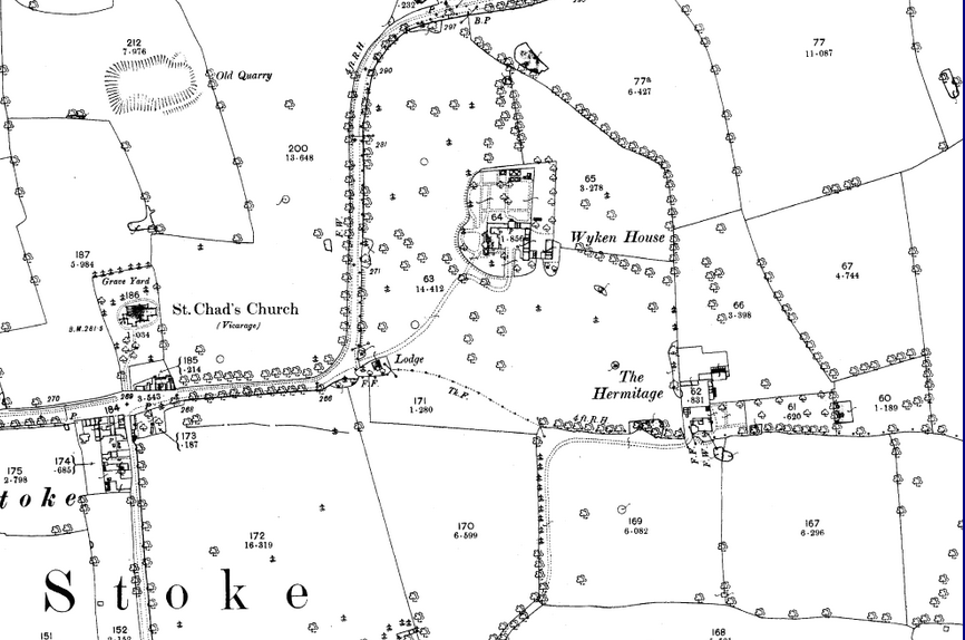
At the beginning of the 20th century the area now widely known as The Forum and Poets’ Corner was an isolated rural spot, only yards beyond the remote Stoke Church and dominated by the large residential villa and surrounding land of Wyken House.
Our map shows the area in 1887, where Walsgrave Road turns sharply left towards Ansty Road and onwards towards Walsgrave. Wyken House and its grounds are clearly visible, a short distance to the east of Stoke Church (marked on the map as St Chad’s but better known to us as St Michael’s). A small building on the corner is shown as The Lodge, and this was the gatehouse to Wyken House.
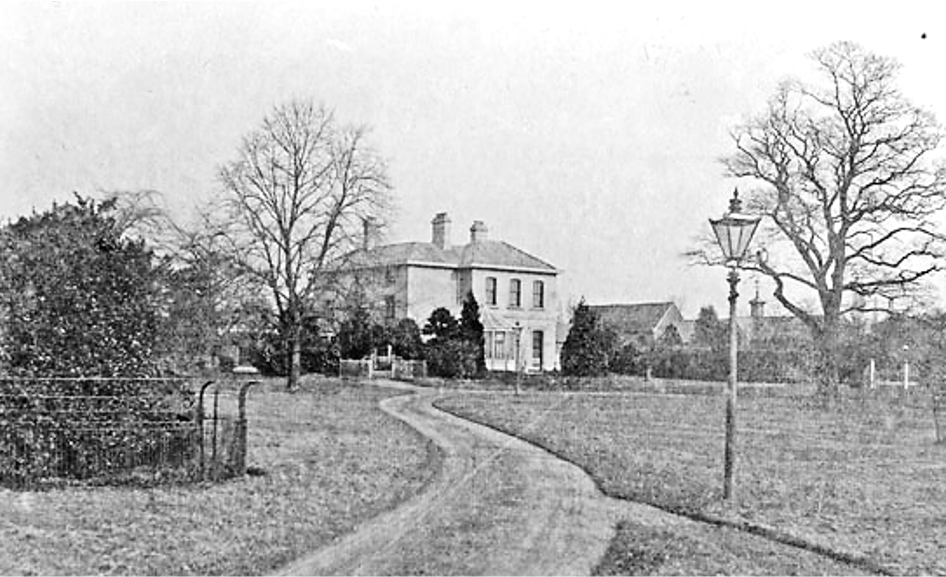
In 1929 Wyken House and its land were sold for housing development. It was a landmark moment and indicated the beginning of a new spurt of urban growth in the 1930s, by which time the Edwardian suburb of Stoke was now encroaching even further to the east, merging into Wyken.
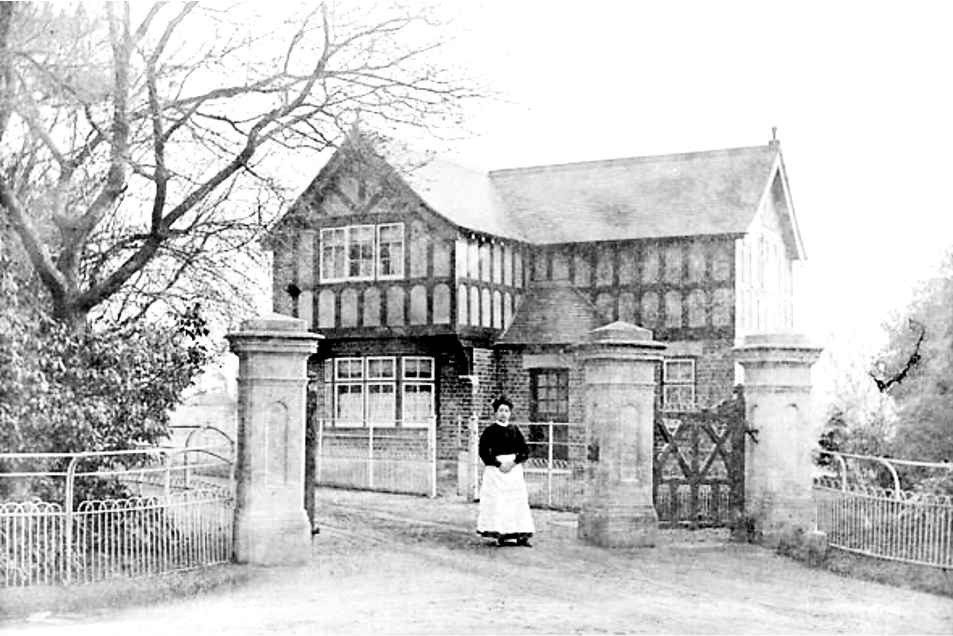
The area once occupied by Wyken House was soon demolished and replaced with the newly created Wordsworth Road and other roads, collectively known as Poets’ Corner. The land previously occupied by The Lodge turned out to be an ideal spot for a new cinema, The Forum, which opened in November 1934. Although the cinema no longer exists, the area in this vicinity is still often known as The Forum, a name which gradually came to supersede an older name for the district, Church End.
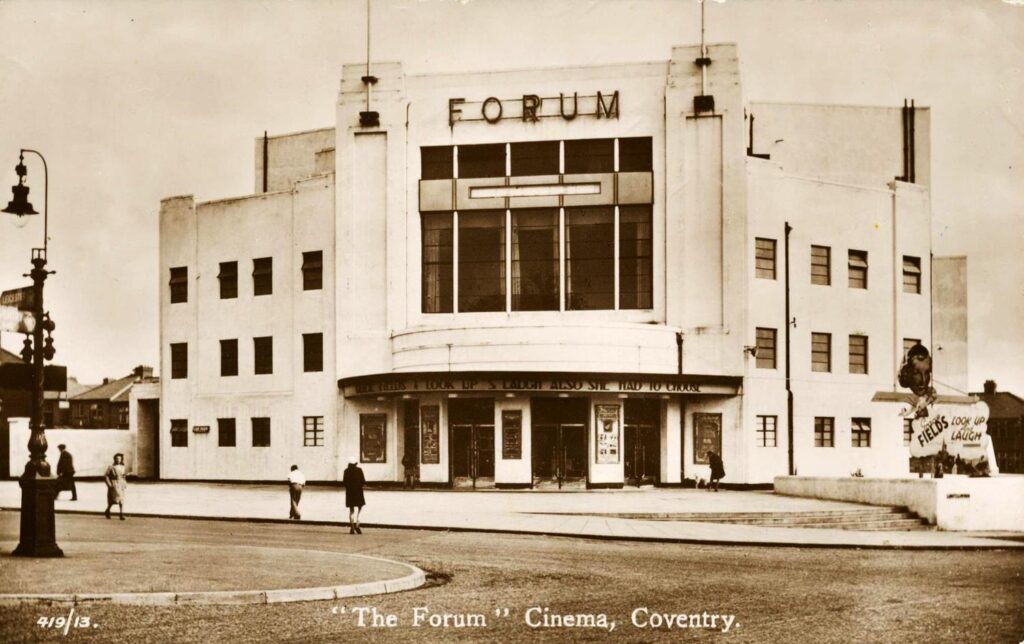
Wyken House itself had been the home of the Pridmore family, prominent local landowners and highly influential in the affairs of Stoke Church and parish. Memorials to several family members exist within the church.
The census of 1901 shows Wyken House occupied by William Frederick Pridmore, then aged 87, with son William, aged 56, and daughter Ellen, aged 52. A few grown-up grandchildren are also present, together with three servants – a groom, a domestic and a cook. Both William Frederick and his son are described as “agricultural valuers” and, despite the family’s link with Stoke Church, the census states that Wyken House is within the ecclesiastical parish of St Mary Magdalene, in the civil parish of Wyken. The Lodge at Wyken House was occupied at this time by the gardener John Fennel, together with his wife Hannah and child.
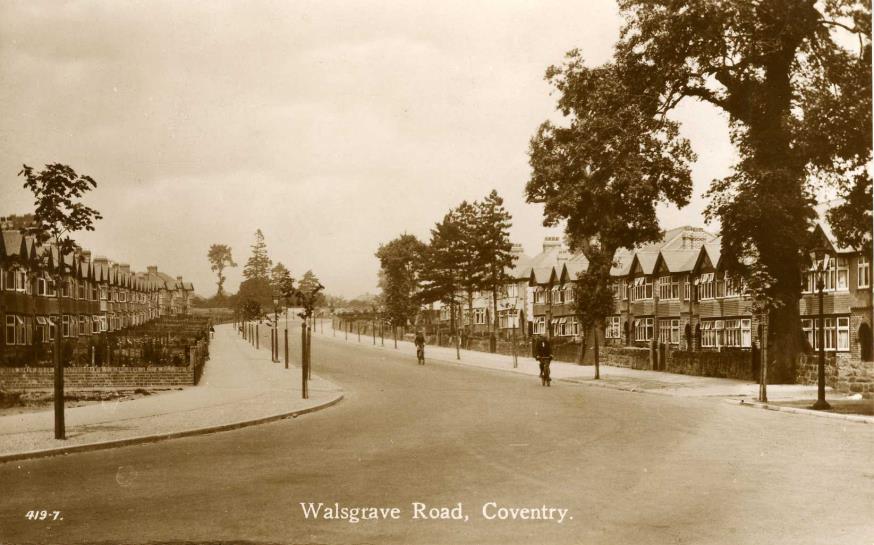
Both William Pridmore and his father died within a month of each other, in February and March 1907. William’s obituary gives a good indication of what life was like in Stoke for an affluent, civic-minded gentleman, during this period. A report in the Coleshill Chronicle in February 1907 records that William’s death came as a shock to many, since he was active right to the end.
“Mr Pridmore was in his 60th year, the report states, [he was actually 62] “and was well known in Coventry and the district, having lived in Stoke all his life, and having taken an interest in every worthy cause which had been brought forward in the locality during the last forty years.”
“Only last Wednesday,” the report goes on, “he was present at a meeting of the Foleshill Board of Guardians, and participated in a discussion on the proposed new loop line from Folly Lane to Foleshill… Mr Pridmore was a staunch churchman and had been connected with Stoke Church all his life. In 1882 he was elected Vicar’s Warden, and in 1890 he became Lay Rector, and both these positions he retained up to the time of his death.”
The obituary tells us that Mr Pridmore was deeply interested in Sunday school work, and as far back as 1875 became Superintendent of Stoke Sunday School. He was also interested in day schools and in 1887 was elected to the Stoke School Board. He also worked as a member of the Stoke Parish Council, becoming its chairman in 1894, and he was chairman and treasurer of the Stoke Common Conservators.
William Pridmore was a Justice of the Peace and at one time a member of the general committee of the Coventry and Warwickshire Hospital, as well as being a trustee of the Coventry Savings Bank. He had strong connections with the Warwickshire Yeomanry and, in his younger days, was extremely fond of hunting and cricket, being a keen supporter of Stoke Cricket Club. The obituary says he was “the owner of considerable land throughout the district”, and in the year before his death he had gifted land at Wolvey for a burial ground. The obituary concluded that William was a man of strong opinions but “with regard to his personality he was one of the most amiable of men.”
William was a bachelor and when his father died, only weeks later, it looks as though the family link with Wyken House was approaching its final phase. The census of 1911 shows the house now occupied by Joshua Perkins, and when he died in 1919, he left the estate to his two sons. When they died in 1928 and 1929, it signalled the end of the line for Wyken House.
The house and surrounding land was acquired by the proprietors of the Newcombe Estates Company who laid out the roads and then sold off plots to local builders for housing development. By 1931, a thousand homes had been built in the area, stretching along the new Longfellow Road and many adjoining streets named after poets. New houses also lined the pathways of Ansty Road. Soon the urban area of Wyken expanded up to Caludon Castle, and in later years, much beyond.
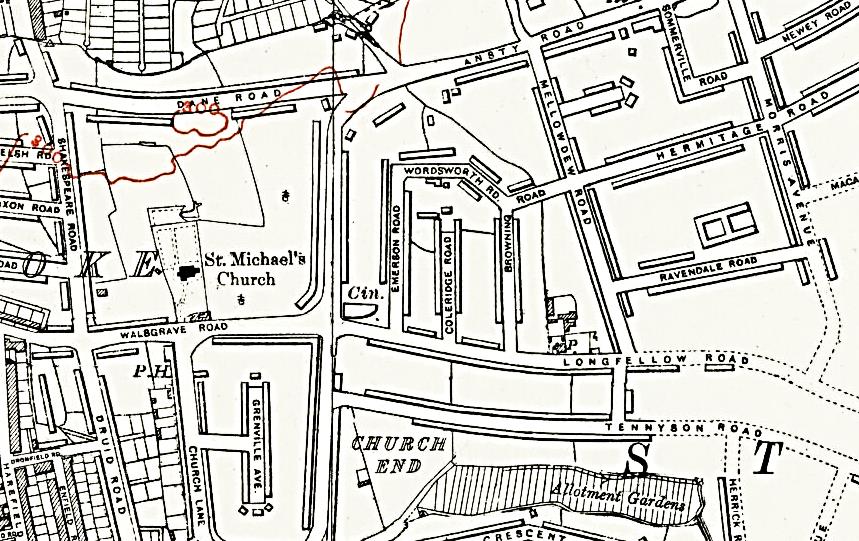
This article originally appeared in the April issue of Jabet’s Ash, the monthly newsletter of Stoke Local History Group.
